Long distance migrants fly 3,000 to 8,000 miles over water without any chance to eat for a number of days. They can do that because they have the ability to change how their bodies works. For example, we know that reproductive organs in birds atrophy after breeding season and do not enlarge again until the next nesting season, reducing their weight slightly. Why keep an organ when it is not needed?
But that is just the tip of the iceberg. Other physiological changes relate to bodily functions during those long flights without eating.
Two weeks before migration starts, the birds begin converting their food into fats, storing the fat in their body. They store so much of it that they ought to be at risk of heart attacks and diabetes but they are not. With the hope of applying the principles to human health, this amazing feat is being studied to find out why they do not get these diseases. Then their flight starts and their digestive organs atrophy. They are not needed since they cannot eat food; they lose weight as they utilize the stored fat to power their flight.
Upon completion of their flight, their digestive organs swell again to allow rapid weight gain so they can replace the weight they lost. Finally, their normal digestive processes resume until they start getting ready for their next migration. Wow.
The most amazing sighting this week is Kelly Stafford’s report of a Chuck-will’s-widow on the roof of a house in Oak Bluffs on Dec. 9. Yes: in the middle of December. Kelly is the Oak Bluffs animal control officer and she received a call from a homeowner about a possibly injured bird perched on her roof throughout the morning without moving. Fortunately, she photographed the bird and posted the sighting online. Its identity was confirmed by Jeremiah Trimble and from Gus Ben David and Rob Bierregaard. This is probably the latest-ever record for New England. The nearest sighting of the species this month is from central Florida.
Two species that Bob Shriber saw on Dec. 11 at Pilot’s Landing are new for the season: purple sandpiper and an Iceland gull. He also saw 25 long-tailed ducks and eight red-breasted mergansers. The previous day he observed a flock of 30 snow buntings at Oxcart Road.
More seabird news comes from Matthew Born, who visited Lobsterville on Dec. 6. His highlights include a dovekie, 12 razorbills, 15 red-throated loons, two common loons, five gannets and a field sparrow. Bob Shriber spotted the razorbills and the dovekie off Dogfish Bar the same day. Matthew Born also saw a gannet from the ferry on Dec. 12.
Shea Fee spotted a lingering tree swallow at Long Point on Dec. 11. While at Wasque on Dec. 9, she found two red-breasted nuthatches and one brown creeper. Walt Looney found the flock of eastern bluebirds, robins and cedar waxwings on Dec. 12; they have been there since at least Thanksgiving. Thaw Malin and Cynthia Bloomquist spotted a flock of 35 robins on Dec. 9 in the state forest and another flock of 64 robins in their West Tisbury yard.
On Dec. 9, Lanny McDowell spotted a catbird and a hermit thrush in the Aquinnah dell. On Dec. 7 he found three horned larks at Muskoday Farm and approximately 30 American pipits in the fields at Katama Farm. Also that day, Norma Holmes spotted a ring-necked pheasant near the roundabout in Oak Bluffs. Mariah Ben David found and photographed a Lapland longspur on Dec. 9.
Greg Palermo and Margaret Curtin report that the peregrine falcon that has frequented the Old Whaling Church and Federated Church steeples for the past two winters has returned. They observed it on Dec. 10.
In other hawk news, Jack Kerivan spotted a merlin at Wasque on Dec. 9. In addition to the snowy owl sightings reported in last week’s column, Shea Fee spotted one on Cape Pogue on Dec. 5 and Albert Fischer photographed one near Moshup Trail on Dec. 7. Sharon Simonin saw a sharp-shinned hawk in her yard on Dec. 11. Gus Ben David reports that he has about 30 turkey vultures frequenting his yard just about every day, and on Dec. 4 he saw an adult bald eagle close to his house. On Dec. 6 Norma Holmes spotted a northern harrier at the Katama Airpark. That many large birds is quite the sight.
The Oak Bluffs pumping station is always a good place to find birds. Margaret Curtin, Luanne Johnson and Nancy Weaver visited on Dec. 12 and their highlights included six American wigeon, two ring-necked ducks, two greater scaup, one surf scoter, 10 bufflehead, one common goldeneye, 20 red-breasted mergansers, two double-crested cormorants, one Cooper’s hawk, one belted kingfisher and one swamp sparrow.
From Aquinnah, Tracy Winn spotted two swamp sparrows as well as two harlequin ducks, 34 red-breasted mergansers, a lesser black-backed gull, six red-throated loons and one common loon on Dec. 11. Jeff Bernier observed a flock of at least 30 red-breasted mergansers at Eel Pond on Dec. 7.
Please email your sightings to birds@mvgazette.com.
Robert Culbert is an ecological consultant with Nature Watch LLC living in Vineyard Haven.

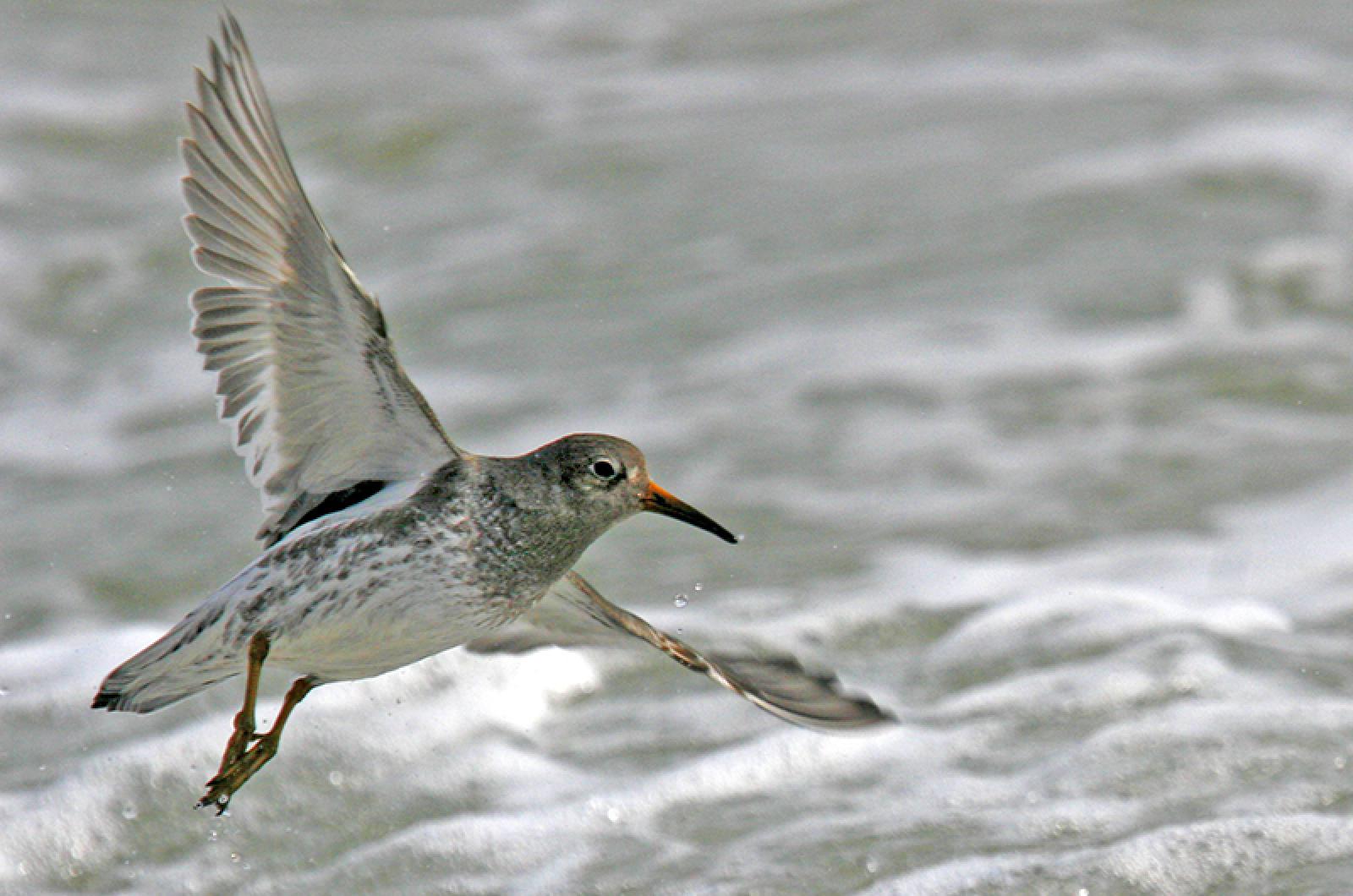
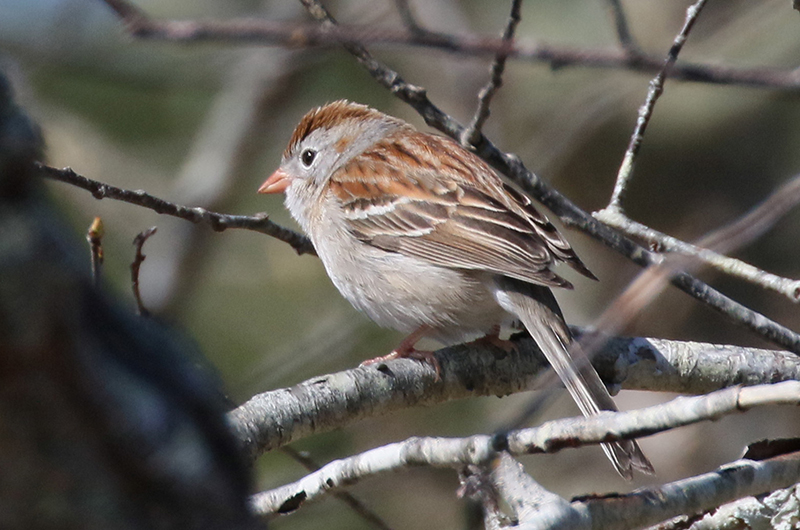
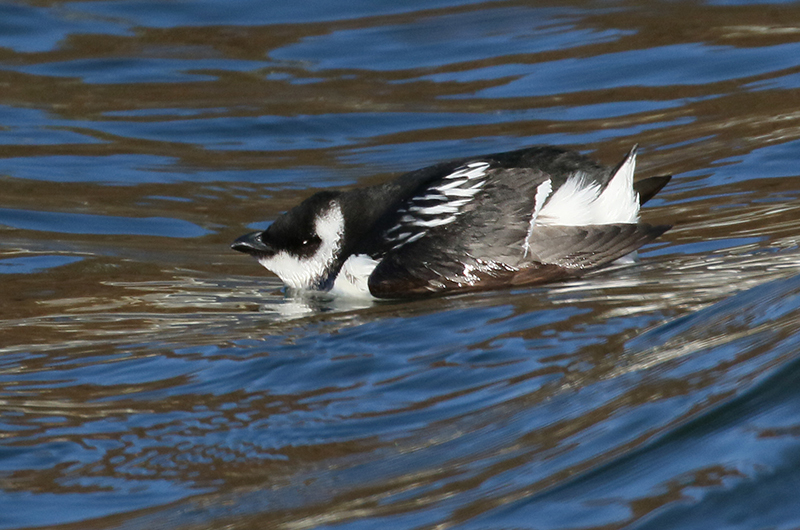
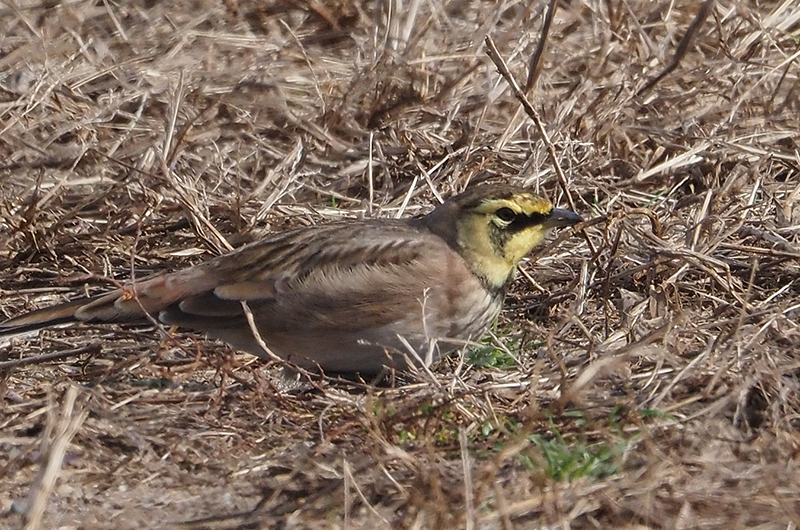
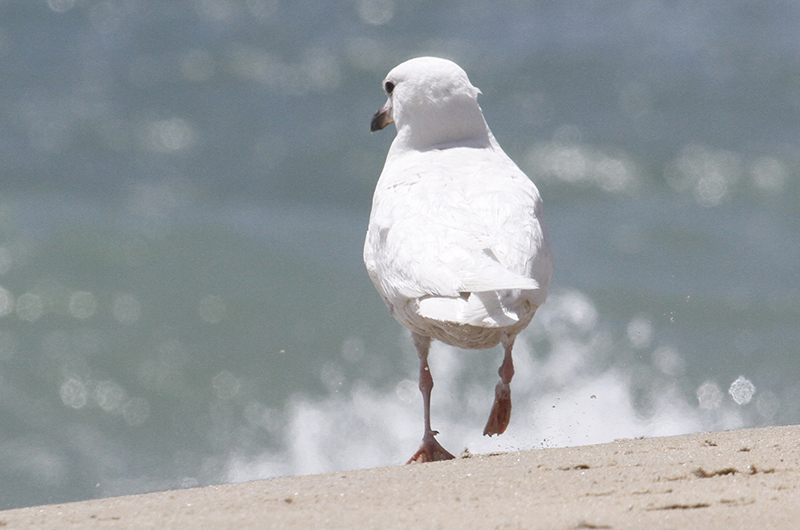


Comments
Comment policy »